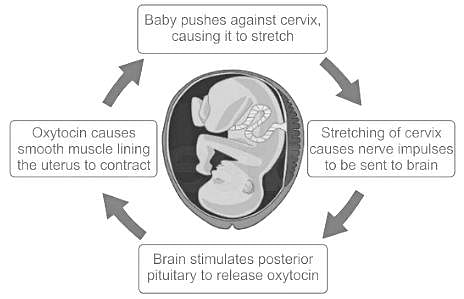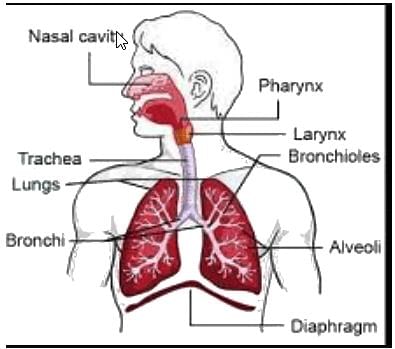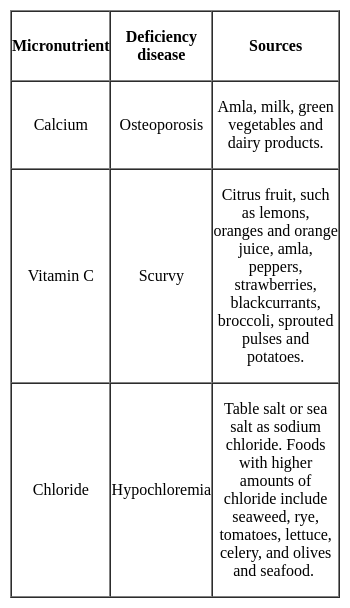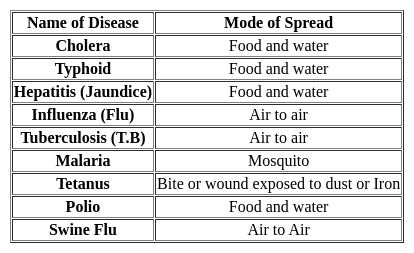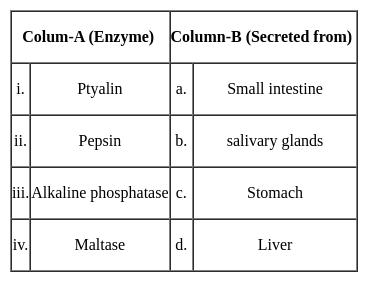Software Development Exam > Software Development Tests > Science (Human body & Nutrition) - Software Development MCQ
Science (Human body & Nutrition) - Software Development MCQ
Test Description
10 Questions MCQ Test - Science (Human body & Nutrition)
Science (Human body & Nutrition) for Software Development 2025 is part of Software Development preparation. The Science (Human body & Nutrition) questions and answers have been prepared
according to the Software Development exam syllabus.The Science (Human body & Nutrition) MCQs are made for Software Development 2025 Exam.
Find important definitions, questions, notes, meanings, examples, exercises, MCQs and online tests for Science (Human body & Nutrition) below.
Solutions of Science (Human body & Nutrition) questions in English are available as part of our course for Software Development & Science (Human body & Nutrition) solutions in
Hindi for Software Development course.
Download more important topics, notes, lectures and mock test series for Software Development Exam by signing up for free. Attempt Science (Human body & Nutrition) | 10 questions in 10 minutes | Mock test for Software Development preparation | Free important questions MCQ to study for Software Development Exam | Download free PDF with solutions
Science (Human body & Nutrition) - Question 1
The deficiency of which of the following vitamins is considered responsible for night-blindness?
Detailed Solution for Science (Human body & Nutrition) - Question 1
Science (Human body & Nutrition) - Question 2
Which of the following hormones is released during delivery of the baby at the end of pregnancy?
Detailed Solution for Science (Human body & Nutrition) - Question 2
Science (Human body & Nutrition) - Question 3
Choose the correct sequence of Respiratory Organs in Human
Detailed Solution for Science (Human body & Nutrition) - Question 3
Detailed Solution for Science (Human body & Nutrition) - Question 4
Detailed Solution for Science (Human body & Nutrition) - Question 5
Detailed Solution for Science (Human body & Nutrition) - Question 6
Detailed Solution for Science (Human body & Nutrition) - Question 7
Detailed Solution for Science (Human body & Nutrition) - Question 8
Detailed Solution for Science (Human body & Nutrition) - Question 9
Science (Human body & Nutrition) - Question 10
Which one of the following is not true about dietary fibre ?
Detailed Solution for Science (Human body & Nutrition) - Question 10
Information about Science (Human body & Nutrition) Page
In this test you can find the Exam questions for Science (Human body & Nutrition) solved & explained in the simplest way possible.
Besides giving Questions and answers for Science (Human body & Nutrition), EduRev gives you an ample number of Online tests for practice
Download as PDF


